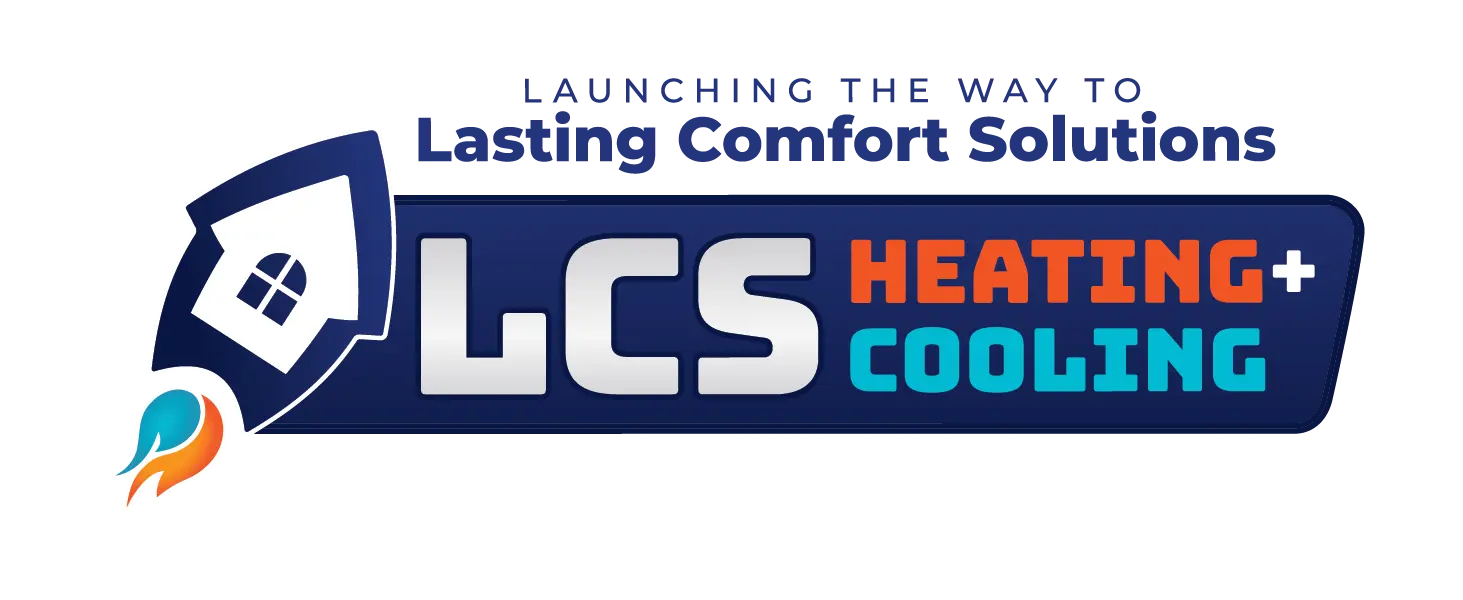Programmable thermostats are great for busy families or homeowners who spend regular stretches of time away from home. Because these units work around your schedule, it’s basically a “set it and forget it” system. There’s no reason to constantly check the thermostat display if you want to cut back on your energy usage. The latest models do the work for you—as long as they’re programmed the right way.
Why Switch to a Programmable Thermostat?
Giving your HVAC system a routine to follow can dramatically cut back on your energy costs. The purpose of a programmable thermostat is to automatically limit your home’s heating and cooling efforts whenever you don’t need them as much. Typically, these settings change based on when you’re at home or away, as well as when you’re sleeping. Get your new thermostat installed right, and it’s pretty easy to live in comfort and save energy at the same time.
Setting Your Programmable Thermostat for Summer
The Department of Energy suggests that you keep indoor temps at 78°F when you’re at home in the summertime. Then the “away temperature” can jump up 7 degrees while you’re away. It’s a good goal to aim for if you really want to keep your energy costs down, but we’ve found that it can be somewhat unrealistic for families around Indianapolis.
Oftentimes, a 7-degree temperature spike can be too extreme for your system to make up—which means you might save a few bucks while you're away, but your home won't feel good when you get back. We typically recommend a 3- to 5-degree difference when it's really hot outside (like 90 degrees or more) so your indoor climate actually stays comfortable. So instead of having your home temp at 78°F, you’ll probably want to consider a comfortable base temp that’s 75°F or less.
Once you decide what your home’s “comfort temp” is, your thermostat will be able to adjust to your schedule throughout the day. Programmable thermostats often divide your time into four parts: Wake, Leave, Return, and Sleep. It usually looks something like this:
Wake
The wake setting should be programmed at your family’s comfort level, or slightly above it. Ideally, it will turn on about 30 minutes before you get up in the morning. Let your wake setting stay on for as long as you’re at home. On the weekend, this might be all day. But if you’re consistently out the door by 7:00 on Monday-Friday, you’ll want to let your system know.
Leave
When you’re out of the house in the summer, let your system kick up the temperature about 3 to 5 degrees higher. For the best savings, your leave setting should be programmed to start about 20 or 30 minutes before you head out. This lets your AC get a break when you don’t need it, like if you’re running errands or at the pool.
Return
The return setting tends to be programmed to the same temperature you have for your wake setting. You’ll want your return setting to kick on about 20 to 30 minutes before you get back. That gives your AC system enough time to cool down your home so it’ll be exactly how you like it when you walk through the door.
Sleep
Evening modes in summer should be set about 4 degrees higher than normal settings, but you can always let the temperature go up a few more degrees if you’d like. Just try to program this temperature shift to happen about an hour before bedtime. That will give you the best results before the cycle repeats the next day.
Professional Thermostat Installation
It can take a few weeks to get in sync with your programmable thermostat, so stay with it! Most people have to make a few tweaks along the way, but it’s all worth it once you find the settings and routine that works for you.
If you have any questions about your existing programmable thermostat—or you’re ready to make the switch to an upgraded unit—please contact LCS Heating & Cooling. We’ll give you the scoop on all the latest thermostat models and help you get the perfect system for your home. After your install, we’ll even walk you through all the steps for programming your new thermostat. Working with the experts makes setup a breeze. Call us today to get started!
May 31, 2017
The ENERGY STAR label is pretty recognizable, but that blue and white logo is more than just a pretty sticker. It’s proof from the EPA that a product is in the top tier for efficiency. And that means big savings on running your home appliances.
The label’s real goal is to help consumers identify energy-efficient products. Since the program’s inception in 1992, ENERGY STAR has helped people save an estimated $430 billion on their utility bills. But do you know what those savings actually mean for your own annual expenses?
About the Ratings
As a general rule, the ENERGY STAR label is awarded to the top quarter of products on the market. Put another way— an air conditioning unit that qualifies for the ENERGY STAR certification typically ranks in the top 25% for energy efficiency. This classification helps tell consumers which products might have a better long-term value.
You see, it’s not just about the upfront costs on major home appliances. You also have to consider how much it will cost to run the equipment every day and every year. In that sense, ENERSY STAR appliances are a lot like cars with low gas mileage. Two vehicles might cost the same on paper, but the one that can get 5 or even 7 more miles to the gallon might be a better option because it’s less expensive to run. Saving on energy costs is always better for your bottom line.
Savings with ENERGY STAR Appliances
The latest technology makes a big difference with efficiency. Check the numbers and it’s easy to see—opting for ENERGY STAR appliances is a great way to lower your utility bill every season.
Laundry Machines and Dishwashers
New “smart” features allow your machines to use less energy (and less water) when cleaning your clothes and dishes. And you still get a good clean! Laundry machines that qualify for the ENERGY STAR label require 40 to 50% less energy, and dishwashers work with 41% less energy (compared to the federal minimum standards).
Refrigerators and Freezers
Better insulation and more accurate temperature readings make these ENERGY STAR products big winners. Qualified refrigerators use at least 15% less energy, and qualified freezers use at least 10% less energy than what the current federal standards require.
Heating and Cooling
Roughly 50% of your home’s total energy costs are spent on heating and cooling. Choosing high-efficiency models can help knock down the total on your utility bills and give you some pretty noticeable savings month-to-month. ENERGY STAR air conditioners, for example, are typically 15% more efficient than other standard units.
Smart Thermostats
Pre-programed settings and WiFi features help keep your home comfortable and energy-efficient 24/7. Although the ENERGY STAR specification for programmable thermostats is no longer active, installing a “smart” thermostat is easily one of the best home upgrades you can make. Homeowners can save an estimated $180 every year on their energy costs just by making the switch to a newer model.
More Ways to Save
Your ENERGY STAR appliances aren’t just helping your lower your utility bills—they can also give you credit on your taxes. Whether you’ve upgraded some windows or doors in your home, or just swapped out your dishwasher for a newer, more efficient model, be sure to claim those credits on your taxes.
ENERGY STAR qualified central air conditioning units can give you a $300 tax credit, and the same goes for high-efficiency heat pumps. Qualified gas furnaces will get you a $150 tax credit. Check out this overview on 2016 benefits for more information. It’s another great perk of efficient equipment!
And remember: The high-efficiency ratings on your HVAC equipment heavily rely on annual maintenance. Wiring and electrical parts need to be regularly tested to make sure they’re running at peak efficiency. If you haven’t already scheduled your spring system tune-up, be sure to give LCS a call at (317) 238-3961. Our team would be happy to help you out!
March 31, 2017


